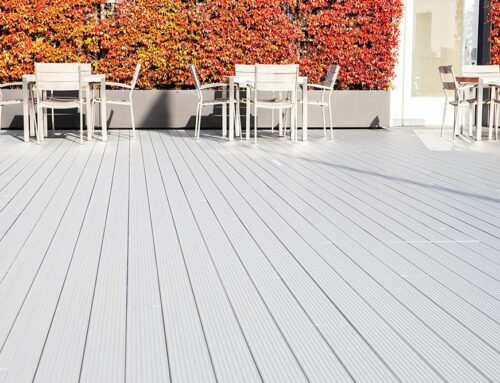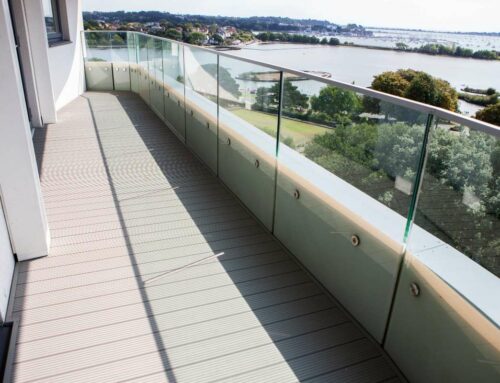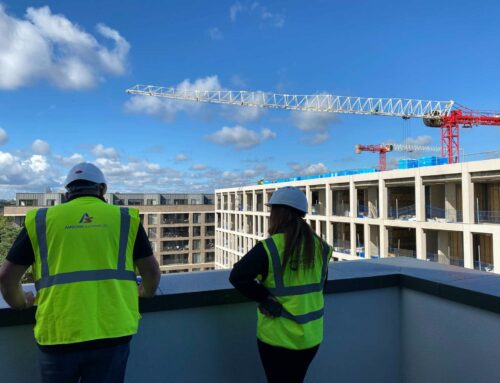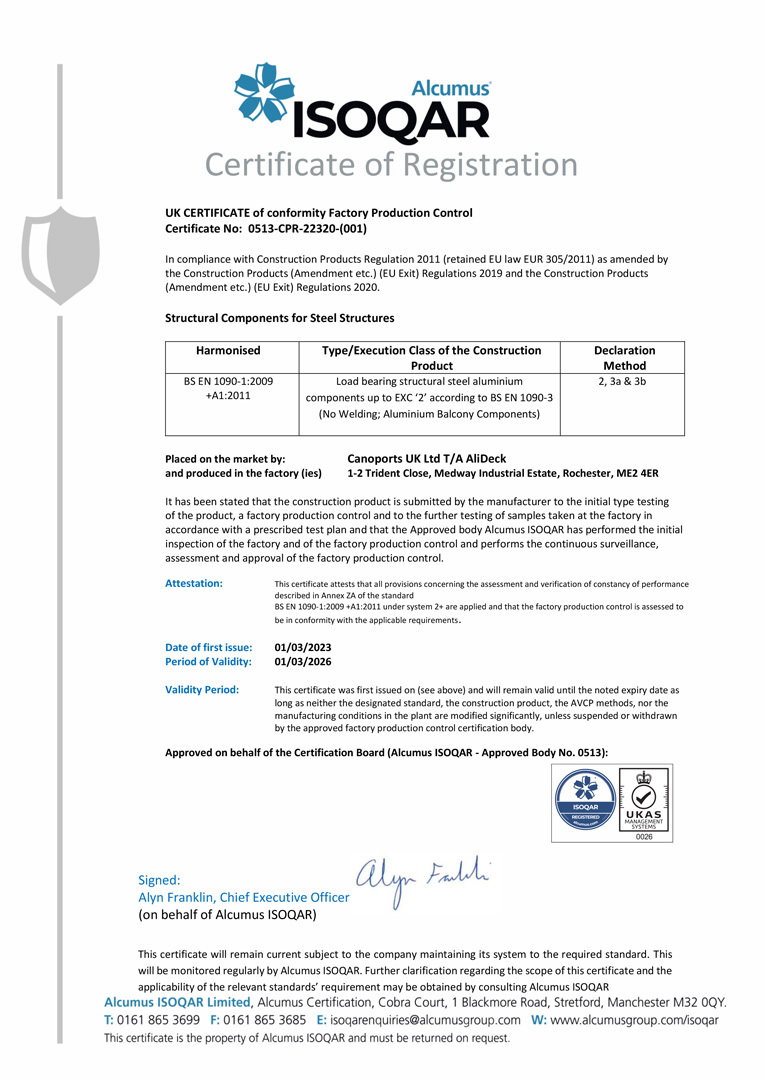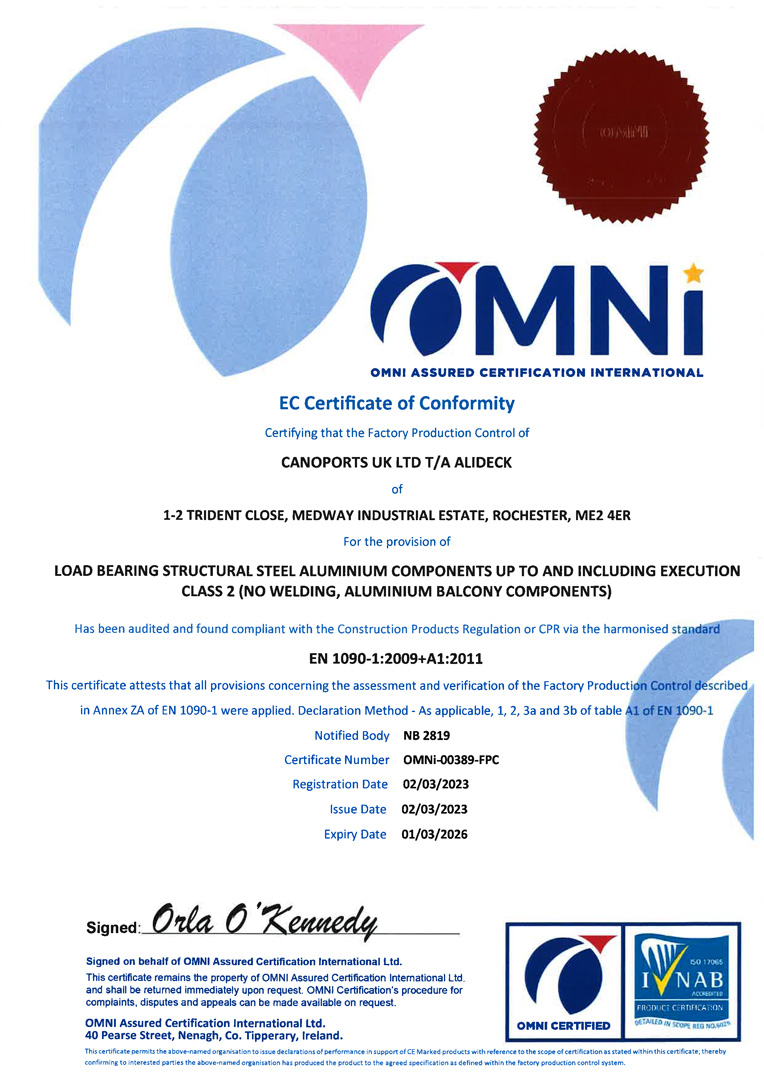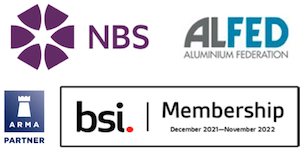Advice Note on Balconies on Residential Buildings
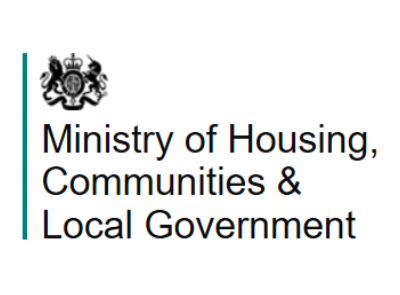 This Advice Note provides advice on the risks arising from balconies on residential buildings.
This Advice Note provides advice on the risks arising from balconies on residential buildings.
This Advice Note is written for residents and building owners of residential buildings with multiple dwellings (i.e. blocks of flats), although the principles may also apply to other building types.
1. Summary
1.1. Balconies made with combustible materials are a potential source of rapid fire spread on the external wall of residential buildings.
1.2. The department’s position, endorsed by the Expert Panel, is that the building regulations required that the material and construction of balconies should have been such that balconies should not compromise resident safety by providing a means of external fire spread, even before the introduction of the ban on combustible materials in December 2018. We have previously issued Advice Note 14, which advises building owners to ensure they have assessed the risks with regards to external walls, and this note clarifies the advice in relation to balconies.
1.3. Building owners should be aware of the materials used in the construction of their external wall, including the construction of balconies and the potential for any horizontal and vertical fire spread due to their arrangement on the external wall. These should be considered as part of any fire risk assessment.
1.4. The view of the Expert Panel is that the removal and replacement of any combustible material used in balcony construction is the clearest way to prevent external fire spread from balconies and therefore to meet the intention of building regulation requirements and this should occur as soon as practical.
1.5. Building owners should inform residents about the risks arising from the presence of combustible materials on balconies. They should make clear that smoking, the use of barbecues and storage of flammable property on balconies can increase that risk. Advice from fire and rescue authorities is clear that barbecues should not be used on balconies.
2. Balconies
2.1. Balcony fires can spread to the adjacent balconies or into the building. If combustible materials have been used in the balcony or external wall system, it is possible that fire may spread rapidly across the façade. The risk is increased if combustible materials are used extensively (i.e. in floors and facades of balconies and in certain geometries).
“the external walls of the building shall adequately resist the spread of fire over the walls and from one building to another, having regard to the height, use and location of the building”.
2.3. Approved Document B paragraph 12.5 also sets out that “The external envelope of a building should not provide a medium for fire spread if it is likely to be a risk to health or safety.”
Advice Note on Balconies on Residential Buildings
2.2. Paragraph B4 of Schedule 1 of the Building Regulations 2010 sets out that:
2.4. The department’s view, endorsed by the Expert Panel, is that these provisions apply to buildings regardless of height and that building owners need to ensure that any balconies do not compromise resident safety by providing a means of external fire spread.
2.5. The government has taken action to address the risks arising from balconies on new buildings in the revisions to the Building Regulations introduced in December 2018. This requires balconies on new residential buildings over 18m to be made of non-combustible materials (i.e. materials classified as A1 or A2-s1, d0).
2.6. Existing buildings of all heights may, however, have balconies which have been constructed using combustible materials (excluding escape balconies, which should already have used non-combustible materials).
2.7. Building owners should therefore ensure that they understand the materials used in the construction of existing balconies, irrespective of the building height. Building owners should assess the associated risk of external fire spread and take appropriate action to manage this risk and ensure compliance with the principle set out in Requirement B4 of the Building Regulations. This should include assessing whether adequate fire protection is in place to resist fire spread both across and through the external wall.
2.8. Where there is doubt over the materials used, or risk presented, building owners should seek professional advice from an appropriately qualified and competent professional (i.e. a fire engineer or construction professional with significant knowledge and experience of fire safety).
2.9. Building owners should also ensure that any risks arising from balconies are considered as part of the fire risk assessment and information provided to residents.
2.10. In assessing the level of fire risk from balconies, building owners and their professional advisers will want to consider the extent of use of combustible materials, the geometry of combustible materials in balconies and external walls and whether there are large spans of combustible material which may assist horizontal and/or lateral fire spread.
2.11. The view of the Expert Panel is that the clearest way to prevent the risk Advice Note on Balconies on Residential Buildings
of external fire spread and is to remove and replace any combustible material with one that is non-combustible (classified as A1 or A2-s1, d0).
2.12. The fire risk on balconies can also be increased due to the use of balconies as storage. A significant number of balcony fires start from the unsafe disposal of smoking materials and the misuse of barbecues.
2.13. Building owners should have policies in place as to what can and cannot be stored and used on balconies by residents and should review these in the light of the materials used in the balcony construction. They should also communicate with residents to develop their understanding of these risks.
2.14. There have been several incidents of balcony fires which have led to external fire spread. BRE Global published examples of this in their 2016 report “Fire safety issues with balconies” which can be accessed at:
https://www.bre.co.uk/filelibrary/Fire and Security/FI—Fire-safety-and-balconies-July-16.pdf
2.15. The BRE report concluded that “…managers and risk assessors all need to be mindful of the potential fire risk associated with fires on balconies from their incorporation into the building…”. The Expert Panel supports this advice.
2.16. The BRE Global report quoted above also identifies that there are additional risks from materials used to prevent heat loss through thermal bridging that may increase fire spread. Building owners should understand whether these materials are present and consider them as part of their assessment of risk.
3. Resident concerns
3.1. Residents with concerns about the fire safety of their premises should contact their managing agent, management company or landlord in the first instance. They should be able to provide them with information on fire safety of the building and how this is being managed. Building owners should respond promptly to any such requests.
3.2. If residents are unable to obtain fire safety information, or believe their concerns are not being addressed appropriately, then there is information on the government website about organisations who can provide support at:
https://www.gov.uk/guidance/building-safety-programme-other-fire-safety-concerns
3.3. Any urgent fire safety concerns should be raised with the local fire and rescue service.
Click here to download the official document for the above advice from the
Ministry of Housing, Communities & Local Government
*Download Now*

